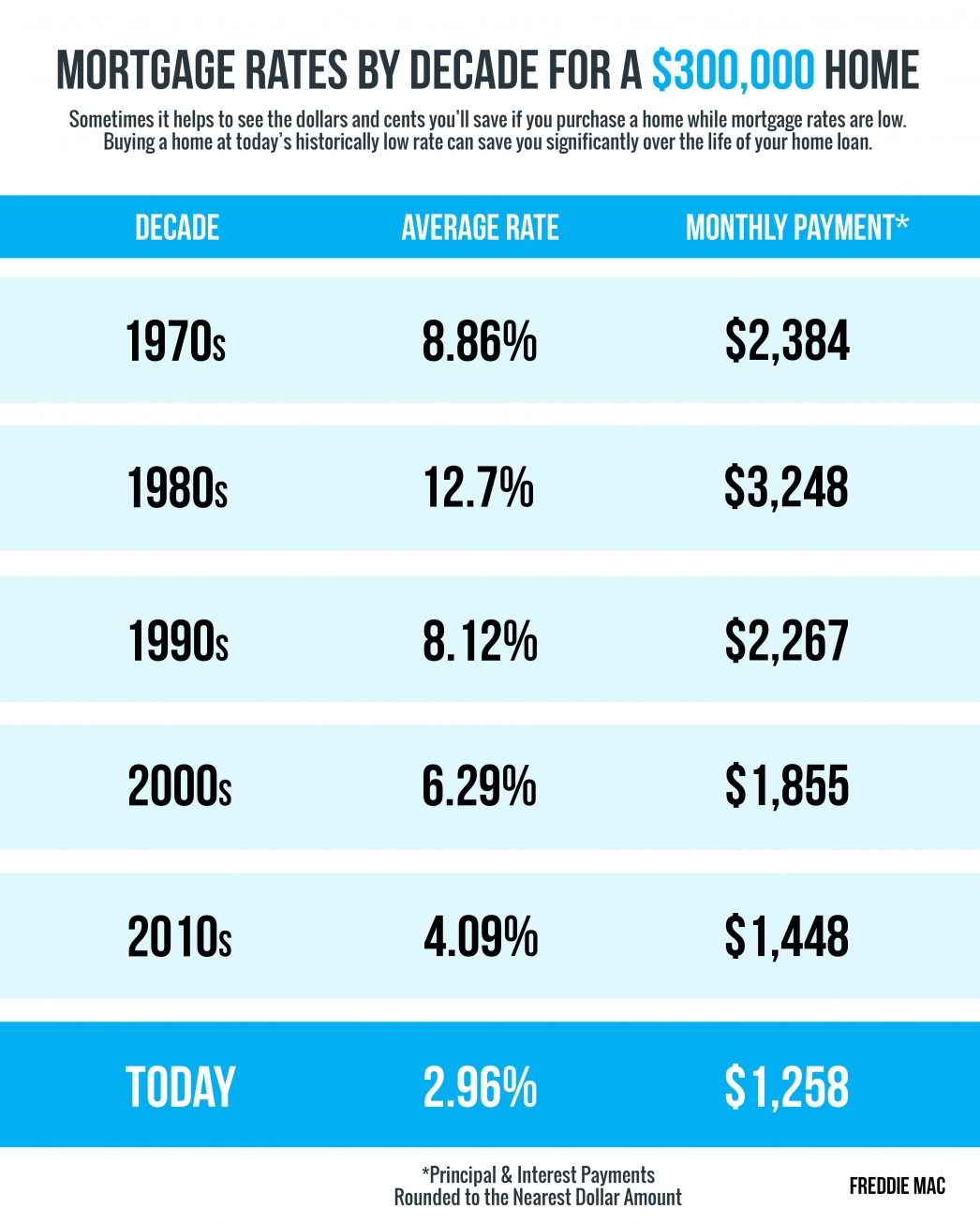Flood Safety During A Warning: NWS Guidance And Procedures

Table of Contents
Understanding NWS Flood Warnings and Advisories
The NWS uses a tiered system to communicate flood threats: Flood Watches, Flood Warnings, and Flood Advisories. Understanding the differences is critical to taking appropriate action. These alerts are disseminated through various channels, including NOAA Weather Radio, mobile apps like the NWS app, and the NWS website. Staying informed is key to effective flood preparedness.
- Flood Watch: A flood watch means that conditions are favorable for flooding. Be prepared to take action should a warning be issued. Monitor weather reports closely.
- Flood Warning: A flood warning means that flooding is occurring or is imminent. Take immediate action to protect yourself and your property. Evacuation may be necessary.
- Flood Advisory: A flood advisory indicates that minor flooding is occurring or is expected. Be aware of the potential for flooding and take precautions.
Signing up for weather alerts through your mobile device or local emergency notification system is crucial. Regularly check the NWS website (weather.gov) or their mobile app for updates and forecasts. A NOAA Weather Radio with Specific Area Message Encoding (SAME) is also an excellent tool for receiving timely warnings.
Evacuation Procedures During a Flood Warning
When a flood warning is issued, or an evacuation order is given, immediate action is paramount. Delaying can be life-threatening. Having a pre-planned evacuation strategy significantly increases your chances of safe escape.
- Develop a Family Evacuation Plan: This plan should include designated meeting points, contact information for family members, and pre-determined evacuation routes.
- Pack an Emergency Kit: Your kit should contain essential supplies such as water (one gallon per person per day for at least three days), non-perishable food, medications, first-aid supplies, flashlights, batteries, a portable radio, and important documents.
- Identify Your Evacuation Zone and Routes: Know your designated evacuation zone and the established evacuation routes. Familiarize yourself with these routes beforehand. This will save valuable time during an emergency.
- Know Where to Find Temporary Shelters: Locate nearby shelters or designated evacuation centers in advance. Knowing their location will be crucial during a rapid evacuation.
- Evacuating Pets: Remember to include your pets in your evacuation plan. Ensure you have carriers and supplies for them.
Safety Measures During a Flood: In-Home and Outdoor
Taking proactive measures before, during, and after a flood is crucial for minimizing damage and ensuring personal safety.
Before a Flood:
- Secure your home by moving valuable items to higher ground.
- Disconnect electrical appliances to prevent electrocution.
- Learn how to shut off utilities (gas, electricity, water).
- Consider using sandbags or waterproof barriers to protect your home's foundation.
During a Flood:
- If caught in a flood, move to higher ground immediately.
- Avoid walking or driving through floodwaters; the depth and current can be deceivingly dangerous. Floodwaters may contain contaminants and debris.
- Never touch downed power lines.
- Listen to the radio for updates and instructions from emergency services.
After a Flood:
- Assess the damage carefully; avoid entering flood damaged structures until deemed safe by authorities.
- Be aware of the dangers of contaminated floodwaters; use protective gear when cleaning up.
- Report damage to your insurance company and local authorities.
- Be cautious of structural damage and unstable ground.
Resources and Further Information
For more information and resources on flood safety and preparedness, refer to the following:
- National Weather Service (NWS):
- Federal Emergency Management Agency (FEMA):
- American Red Cross:
- Your state and local emergency management agencies.
Conclusion
Staying safe during flood warnings requires understanding and adhering to NWS guidance. Developing a comprehensive flood safety plan, including an evacuation plan and emergency kit, is crucial for minimizing risks. Remember, prompt action is paramount when a flood warning is issued. Don't wait; prepare and protect yourself. Stay safe during flood warnings by understanding and following NWS guidance. Develop a comprehensive flood safety plan today. Learn more about flood preparedness and protection by visiting the resources provided above.

Featured Posts
-
 Mertsedes Vozachi So Kazni Pred Bakhreinskata Gran Pri
May 26, 2025
Mertsedes Vozachi So Kazni Pred Bakhreinskata Gran Pri
May 26, 2025 -
 Meta Israel Continues Holocaust Remembrance Fifth Annual Instagram Project With Celebrities
May 26, 2025
Meta Israel Continues Holocaust Remembrance Fifth Annual Instagram Project With Celebrities
May 26, 2025 -
 Pennsylvania Flash Flood Warning Heavy Rain Until Thursday
May 26, 2025
Pennsylvania Flash Flood Warning Heavy Rain Until Thursday
May 26, 2025 -
 Klasemen Moto Gp Terbaru Hasil Sprint Race Moto Gp Argentina 2025 And Kemenangan Marc Marquez
May 26, 2025
Klasemen Moto Gp Terbaru Hasil Sprint Race Moto Gp Argentina 2025 And Kemenangan Marc Marquez
May 26, 2025 -
 Moto Gp Inggris 2025 Link Live Streaming Fp 1 And Jadwal Race Trans7
May 26, 2025
Moto Gp Inggris 2025 Link Live Streaming Fp 1 And Jadwal Race Trans7
May 26, 2025
Latest Posts
-
 15
May 28, 2025
15
May 28, 2025 -
 Get The Best Personal Loan Interest Rates Today 6 And Lower
May 28, 2025
Get The Best Personal Loan Interest Rates Today 6 And Lower
May 28, 2025 -
 Low Personal Loan Interest Rates Available Today 6 And Below
May 28, 2025
Low Personal Loan Interest Rates Available Today 6 And Below
May 28, 2025 -
 Personal Loan Interest Rates Today Financing Starting Under 6
May 28, 2025
Personal Loan Interest Rates Today Financing Starting Under 6
May 28, 2025 -
 Finding A Direct Lender For Bad Credit Personal Loans Up To 5000
May 28, 2025
Finding A Direct Lender For Bad Credit Personal Loans Up To 5000
May 28, 2025
